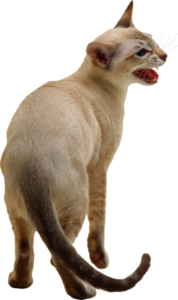
Guide 5C
Critiquing
Evaluate the quality of information.
In this guide you will examine the importance of critiquing information in the context of predator-prey research.
Video Overview
Watch this guide overview video; you can select the closed captioning “cc” option if you would like to see the text.
Critiquing Contents
Complete all five of these sections before taking the quiz and making your media piece.
Critiquing Objectives
Critiquing Resources
Explain why critiquing information is an important aspect of science, including the value of skepticism, and ways to constructively critique.
Predators and Prey
Summarize predator and prey relationships by analyzing data sets, and explain how oversimplification can mistakenly exclude important variables.
Tactics
Describe tactics predators use to capture prey and provide examples of animal species that utilize these tactics.
Weapons
Identify the physical structures animals use to capture and immobilize prey.
Cats
Describe the genetics, evolution, predatory and prey response behaviors of wild and domesticated cats.











